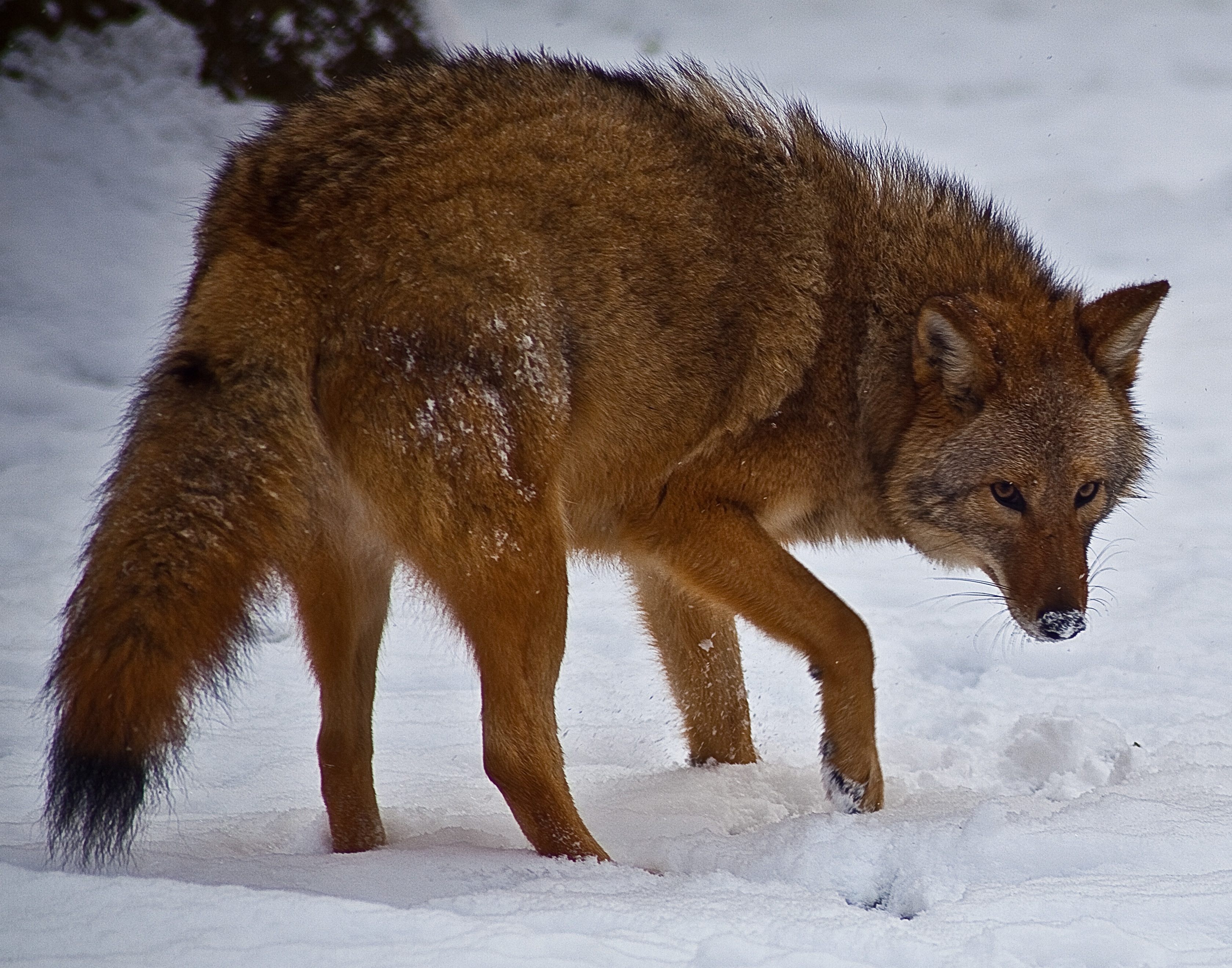Views expressed in opinion columns are the author’s own.
If you’re an organism perched on a branch of the evolutionary tree, life can be complicated. Whether you’re trying to remember where you buried your winter acorn reserves, fleeing a pit of writhing serpents or searching for your soulmate in a sea of similarly tuxedoed suitors, the daily challenges of survival can appear overwhelming. As a result, we humans take full advantage of our unique predisposition for understanding this complexity in order to meticulously compartmentalize our lives. We invariably organize, label and catalogue our knowledge and culture into bite-size sections we can easily comprehend.
This penchant for artificial structure can yield vast logistical dividends, but it can also oversimplify non-binary spectrums of information, fostering confusion about the very subjects it attempts to define. It’s why we portion our rock music into dozens of nebulous subgenres. It’s why we continue to misgender each other from birth (and even after death). And it’s why the process of species classification remains subject to intense scientific debate.
In order to efficiently categorize seemingly distinct organisms, zoologists rely on the concept of species to officially segregate various life-forms. The defining characteristics of a species often include genotypic and phenotypic similarity, as well as reproductive exclusion. This means that in an ideal world, all members of a species appear similar, carry similar DNA and only reproduce with fellow members. The rise of the coywolf shatters this naïve impression.
For millennia before Europeans colonized North America, the Gray Wolf reigned supreme over modern-day Virginia’s temperate forests, serving as a keystone species atop its delicately balanced ecosystem. In 1632, however, authorities in Jamestown sanctioned the territory’s first official wolf bounty. The bounty aimed to protect farmers and their livestock from these ostensibly ferocious beasts of the northern wild, and was later reinforced by analogous programs nationwide. The increase in hunting that followed triggered a precipitous population decline, nearly eradicating wolves from the Appalachian region.
In their absence, coyotes quickly rushed to fill the resulting ecological and geographical void. When these wily omnivores encountered remnant clusters of wolves, “love blossomed between two species that would normally fight.” The ensuing offspring demonstrated a mixture of traits from both branches of their evolutionary lineages, culminating in “an animal skilled at catching prey in both open terrain and densely wooded areas.” Additionally, recent DNA sequencing discovered that urban development acquainted these peculiar creatures with other strange bedfellows: They also interbred with large domesticated dogs, including German Shepherds. Subsequently, the coywolf, a new hybrid canine breed armed with an imposing genetic arsenal, began to separate from the pack.
According to a simplistic definition of species, coywolf populations should never have formed. Wolves, coyotes and dogs each have distinct ranges of genetic sequences and appearances, and typically only breed within their own assemblages. However, when faced with a wide-scale ecological disruption, this unsophisticated theory fell apart.
Biologists understand that in reality, the substantive levels of connecting tissue between all earthly creatures can render the practice of species classification arbitrary and inadequate. Delineations between species represent imaginary lines of demarcation, constructed by humans to further our own ability to understand evolutionary processes. Like gender and race, they represent social constructs, rather than systems intrinsic to the natural world.
Reuven Bank, opinion editor, is a sophomore biology; ecology and evolution major. He can be reached at reuven.bank@yahoo.com.



